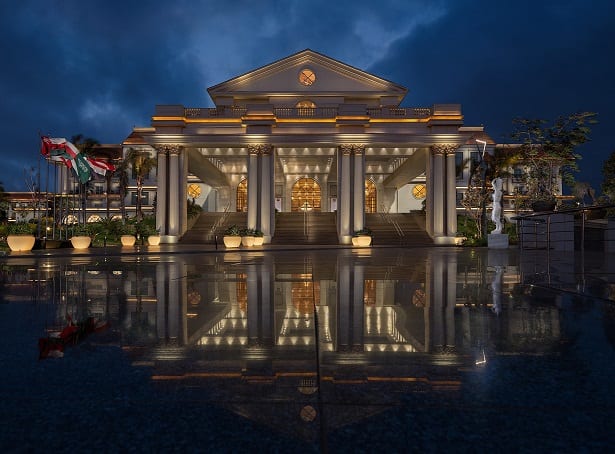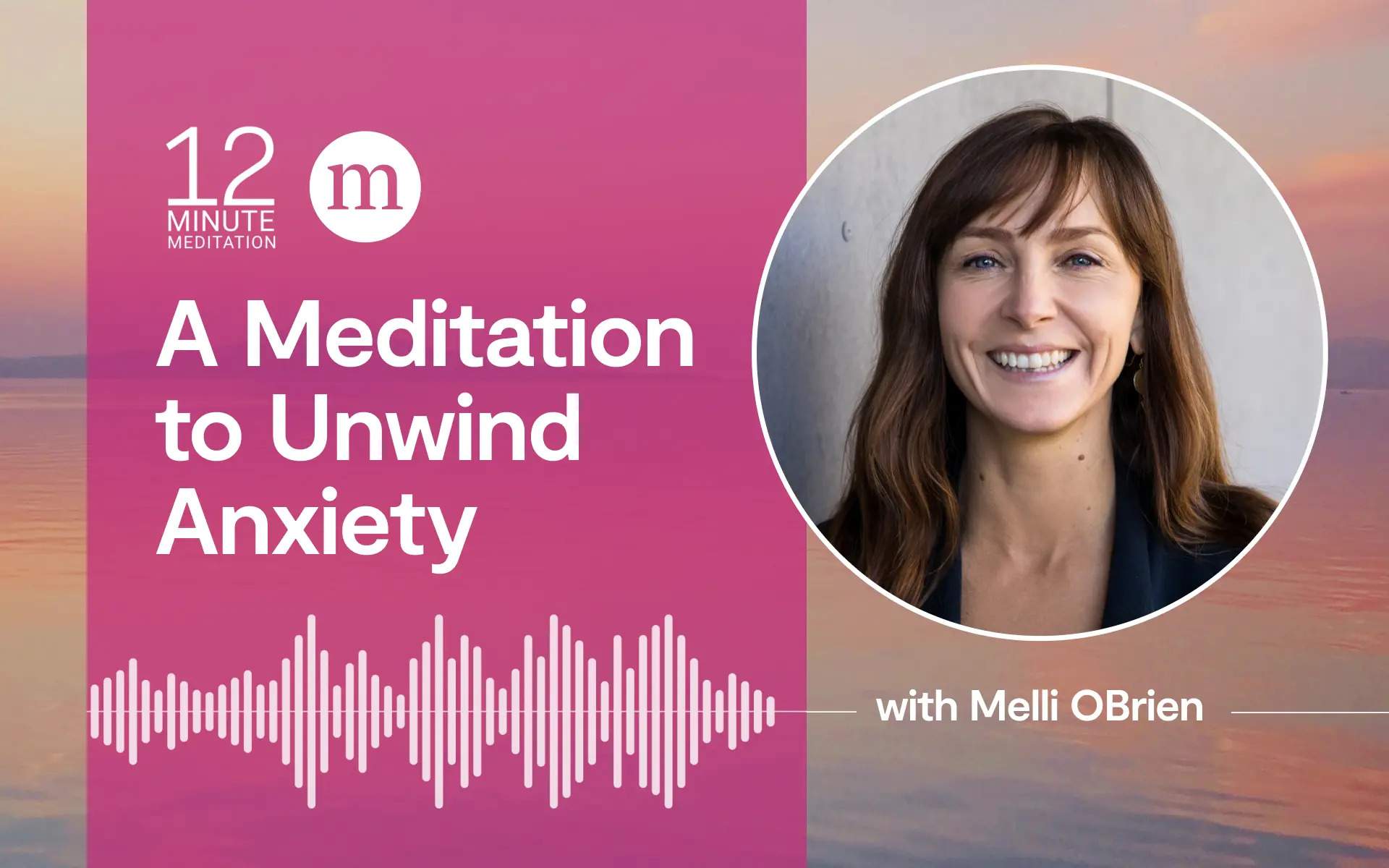Rolling Out Concur’s New Booking Experience
SAP Concur's Charlie Sultan talks about the new booking experience, how Concur is meeting efficiency and productivity demands of both TMC and buyer clients, the complications of NDC and the transition timeline away from the legacy tools.
/Technology/CharlieSultan.png?tr=w-1200%2Cfo-auto)
SAP Concur's Charlie Sultan Talks...
Concur's new booking experience Meeting efficiency and productivity demands of both TMC and buyer clients Complications of NDC Adoption timeline and support for legacy usersWith SAP Concur's new booking experience making its debut in a few months, Concur Travel president Charlie Sultan sat down with BTN editors at the recent Global Business Travel Association convention in Dallas to detail highlights of the new experience and Concur's rollout plans. An edited transcript of the conversation follows. Look for Part 2 of this interview later this week.
BTN: What would you highlight as the standout features of the new booking
experience?
Charlie Sultan: [It's] the desktop and the whole new UX, really a
consumer grade experience. [Also,] the mobile parity that matches up everything
that's on the desktop, the sustainability markers, you see a new air experience
with a lot more options. When we've done surveys the last couple of years,
everyone talks about wanting more productivity. Well, being able to see
everything on one screen instead of having to go click through multiple
options, being able to see everything in Concur without having to go to other
sites to go see what the seats look like or whatever it is and so we're
bringing all of that together to give a lot more productivity to the traveler.
We're still maintaining all of the choices that we had in the past. We really
pride ourselves on the fact that we're multi TMC, multi GDS. We have over 700
TMCs and other partners. If you can plug in for sustainability, for reporting,
for duty of care, for whatever you need for your specific program, and so all
of that continues. And then as you kind of go through the different verticals,
you have better imagery, you're able to search.
For travelers, their corporate locations will populate automatically if they're
going to go visit a customer. Anything that's out there in Google will effectively
show up. So, it's really been all about how do we add productivity, how do we
make it look nicer? When you get to car rentals, you'll be able to look and see
if you want an electric vehicle, to see if you want hybrid. You'll get to see
what your CO2 emissions are everywhere. We've been talking about it for a
while, and now it's all getting to be live and so it's actually just really
exciting to see it.
BTN: Is it true mobile parity now? Anything you can do on the desktop
is on mobile? And will that shift where bookings are coming from?
Sultan: As far as where the bookings are coming from, I would imagine
all the trends that you've seen in travel over the last 10 years are just a
continuing increase to mobile. So, I would imagine that you'll see more of
that. The mobile app today has pretty robust capabilities to begin with, so now
you will get the same visuals, except obviously for the form factor. The only
place where I would say there may not be that parity is things that aren't done
very frequently. So, if a travel manager goes into configure settings once a
year or once a quarter, that functionality may not be migrating to mobile
because it doesn't really make a lot of sense to spend that time prioritizing
that.
BTN: You've indicated US point-of-sale through Sabre will be first for
the full booking experience. What's the rollout schedule beyond that?
Sultan: As we sort of nail down those times, they will get published
onto the roadmap. If you think about some of the other markets—some of the
markets in Europe, some of the markets in Australia, they may have a single leg
faring, they may have flex faring, so there's a little bit more complexity
around those. [We looked at] how do we get the largest number of our bookings,
which happens to be the U.S. point-of-sale market, and then once that gets
rolled out, then we can start going through and evaluating other currencies,
how they react to the system, how TMCs are reacting to it.
I was discussing this with one of the engineers and [asking], "Is it
really that complicated to just turn on another currency?" They started
telling me the 15 different things that make it super complicated to the point
where my head was just sort of spinning. I get it. It's complicated.
One of the challenges that we will have coming out of this release is: Do you
move on to the next currency with Sabre, do you move on to another GDS for the
US? So, it's really going through and looking at what our customers need and
where we can benefit the greatest number of customers.
Obviously, NDC content through the GDS, through Sabre, will be available. We'll
get through that phase and then the plan is to, within about six months, be
able to do the same thing with Amadeus. We have not publicly added Travelport
to the roadmap, but we will be putting Travelport on the roadmap as well. And
so I pretty much expect that in 2024, both Travelport and Amadeus will join
Sabre and have the full suite of functionality available.
BTN: Could there be an uneven rollout with every airline in a
different place as far as NDC readiness?
Sultan: We've always gone to go get the content that we need, and this
will really be no different. Southwest Airlines content wasn't there, so we
went and built a direct connect. Air Canada decided to pull out, so we built
that. In the past, maybe you needed to go build a direct connect for a few of
the airlines here or there. A challenge going forward [will be] if this
particular carrier is in this GDS, but that carrier is not in that GDS and this
one is but doesn't have all of their seat maps in it, it has become a little
bit more of having to go to different sources. So, maybe you have to go to
[ATPCO's] Routehappy to go get fare attributes and maybe you have to go to the
GDS to get pricing and maybe you have to go to the direct connect to go get
merchandising attributes, whereas [before] everyone just relied on the GDS to
do all of the aggregation work. It's become more challenging now because as you
go further downstream, you are having to do more of the aggregation with
yourself, and then you do end up with slightly maybe different outcomes than people
might expect if everyone's integrating slightly differently. We hear time and
time again from all of the TMCs that they still want everything to come from
the GDS. We are a tool that works with 700 different TMCs, so if that's what
they're asking us to do because that's going to make them more efficient,
that's going to help them service their travelers more efficiently, then
effectively that is the channel that we are trying to preference getting as
much of our information from.
The main challenge for us in that regard is that we are a global tool whereas
some of our competitors offer a tool that is mostly in one or two countries
where they operate the TMC and they operate the tool, so they can pretty much
build it to suit their one particular needs. We have to build it so that it
works with all the different TMCs' needs and so it probably is a little bit
more of a challenge for us to be able to offer that breadth and scope.
BTN: What do TMCs need to do to be ready to migrate to the new
experience?
Sultan: There are a couple of things. One is just the raw transition
from our legacy to this [new platform] and so some APIs have changed, so
formats may have changed. I don't anticipate that that's going to be a very
heavy lift, but then as you start layering in NDC content where that format has
completely changed. A lot of the TMCs have been doing their own testing maybe
with their own tools, with their own agents, and so hopefully they've already
migrated or done whatever work they need to do to their back offices for that.
Anytime you're changing it, there's something that needs to be tested. Are the
links still working, is the data still flowing the right way, and are they
getting what they expect? If certain sustainability attributes are now being
passed and those weren't being passed before, are they properly capturing them?
So, there's a little bit of testing that needs to be done.
The vast majority of TMCs have already received a lot of the documentation that
is necessary for them to test. We've had a lot of them very engaged with us.
The vast majority of them are pretty anxious to get the new product into their
customers' hands as well, and so I fully expect that they'll be working
diligently to get that ready.
BTN: What are the data sources and partnerships that you're using on
the sustainability side?
Sultan: We're using several sources. There's some GDS content… we've
been using. We have partnerships with both Thrust Carbon and Chooose so the
customers can work through and get different reports or different things from
them. Then, I'm actually really excited about what we can do in the future with
sustainability. We started talking about our TripLink product probably about 10
years ago to capture blind spend. Well, if all of these companies now have
these mandates to really baseline, to really be able to talk about their full
scope, TripLink can also help customers get their full scope of sustainability
whereas customers that are just relying on data that doesn't include all of
their spend can't do that.
We will continue to see more sources, and it'll be interesting to see how it
evolves as well because obviously, if we had this conversation with customers
three or four years ago, they'd say sustainability was important but didn't
really have a viewpoint on what data source they wanted to use or whether they
cared about contrails on a plane or didn't care about them. And so now as the
customers are getting more educated, they're going to want different flavors of
it, so we're trying to work with partners that can give the flexibility to the
customers to do that, but I think that's going to continue to evolve.
BTN: What's the uptake of TripLink?
Sultan: We're roughly at about 14,000 customers using it.
BTN: Has that gone up in recent months because of NDC?
Sultan: Up until 2019 it was in a nice steady uptrend. Obviously, [it
went down] as all travel went down. It started picking back up, and then we did
see a spike around the May time period this year in combination with… one of
the airlines pulling out some of their content. [Editor’s note: American
Airlines pulled content out of EDIFACT channels in April.] Everyone who's
trying to do continuous pricing, who's trying to do NDC, what they're trying to
do is give you access to the content that they have. TripLink already does that
without a lot of the complications that you see happening on NDC. It's been a
great option for customers as well.
BTN: What kind of pilots or testing with real customers have you done?
Sultan: The testing that's taking place is really with the TMCs. There
is no pilot per se, there is just testing with the TMCs. They have developed a
long list of use cases, and we're asking all the TMCs to go through it. I think
there's 20 pages of test cases that they're working with.
BTN: What feedback have you received?
Sultan: Honestly, the TMC testing as far as the air experience goes has just
started. The customers that we've showed the demos to, the customers that have
seen some of the UX, all that feedback has been fantastic. They're really
excited about the NDC content now being there.
BTN: Do you have a sense of how many TMCs will be launching it
initially or any reasons they would wait?
Sultan: I'm really hoping that all the TMCs are ready. I would hope they
prioritize [it] and will be ready to offer their customers the best possible
experience. But for customers that aren't ready, that don't want to move
forward for whatever reason, they will have the option to not move forward.
I'm trying to think of a good use case. … Group bookings, as an example, is something that won't be available yet. So maybe if they're a company that does a ton of group bookings, it may not make sense for them to turn on. They may decide, “Hey, we're going to wait a few more time periods until you guys are ready with that.”
BTN: Do you have a sense of when will be the official end of the
legacy system and when everyone will be on this?
Sultan: I'd love it to be as quickly as possible, but we've all seen how
long technology and travel takes to work through. So, I don't have a good
answer for you. Maybe at this point next year, we'll have a better answer. But
it's going to be a long process otherwise. It's not going to be one-two year.
I'm not really ready to put a timescale on it.
______________________
This interview is Part 1 of 2. Look for the next installment later this week, when Delta Airlines EVP of global sales and distribution Steve Sear will join the conversation.

 ValVades
ValVades /Technology/CharlieSultan.png?n=927)























.jpeg)








